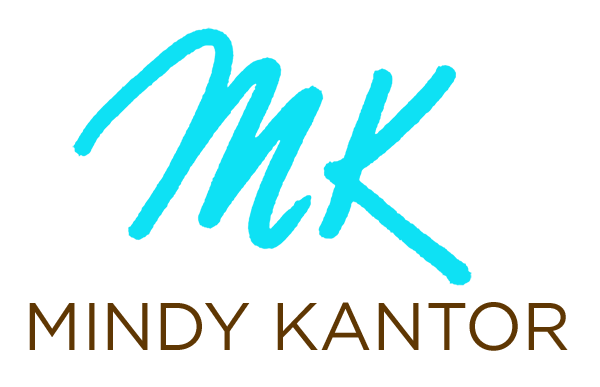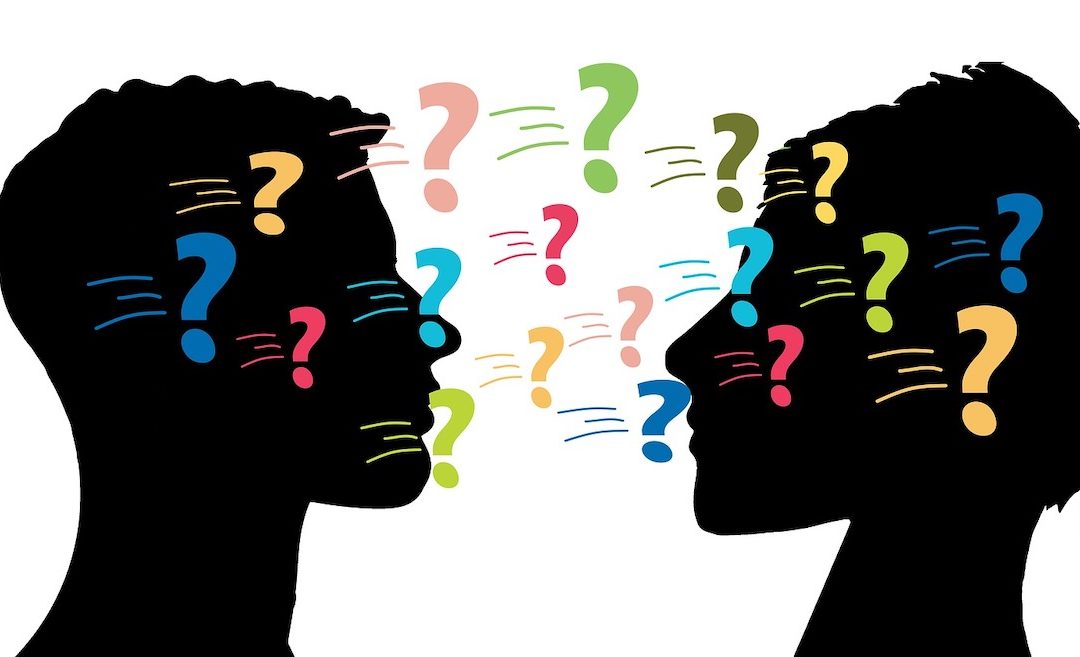How would you respond to the question, “Do you know your Type?” Would you question this question, or would you know what was meant by it? Whether you’re a newbie or a Type connoisseur, I’m here to share with you how knowing the answer can alter your world for the better.
Like any growth, change, or introspection, awareness and acknowledgment are the first steps to understanding the why behind behaviors.
Once you know your Type and are trained on it, you can begin to observe it in others. Just imagine how better prepared you could be for a work meeting if you knew how to approach someone based on their preferences. For instance, you would know whether or not to send pre-reading materials in advance of a meeting with a colleague or manager. Insight like this can make you a more valuable team player.
You may have heard or even taken the Myers–Briggs Type Indicator (MBTI®) assessment.
It differs from most other personality assessments because it is based on dichotomies. As a respondent, you’re asked to choose between two options that are familiar and acceptable. However, you need to select the option that is most natural, comfortable, and automatic. After taking the assessment, you go through a learning session with a certified practitioner and then decide your best-fit Type. There are 16 types, and there is no right or wrong Type. They are all valuable. No one Type is better than another.
The MBTI® is based on Carl G. Jung’s theory that seemingly random variations in behavior are quite orderly and consistent, being due to fundamental differences in the way individuals prefer to use their perception and judgment. This assessment was developed by a mother and daughter team, Katharine C. Briggs and Isabel Briggs Myers, and looks at four aspects of our personality to capture the fundamental elements of who we are and how we are motivated.
Once you uncover your best-fit Type, you can apply the learnings to numerous areas in your everyday life, interactions, and team dynamics. In addition to increasing self-awareness, you gain an appreciation of differences in others. Furthermore, you can learn how to capitalize on your strengths and supplement areas that may not come as quickly. These learnings can be pivotal.
For me, learning about Type and becoming a certified practitioner was life-changing. Here are just a few ways it improved my life:
1. Work Meetings
I was able to understand various stakeholder’s work styles and flex as needed. For example, there was one executive who needed to process information out loud to determine conclusions and next steps. A productive meeting was having him stand at his whiteboard and map out his thoughts. With this in mind, I adjusted my approach by providing him the platform to drive the conversation. I listened first and then responded with my ideas versus presenting what I put together.
2. Career Path
I recognized the toll of working outside my preferences had on my overall professional happiness. I was able to talk to my manager and augment my work with additional responsibilities to satisfy my dominant function.
3. Relationships
Once my husband also understood his preferences, we were able to recognize and appreciate our different approaches. We also learned to see each other’s stress warning signs and knew ways to help each other circumvent these problematic situations. It transformed our communications to a whole different level.
Have I piqued your interest? Would you like to learn more? If so, please contact me. I also offer deep-dive application sessions focused on improving communication and relieving stress for those who already know their Type.

